- Learning time
- 20 minutes
- First play time
- 20 minutes
303
Designed by: Karol Madaj,Tomasz Ginte
The 303 were a Polish fighter squadron who fought in the Battle of Britain with distinction, and the game recreates a small part of it in a very quick and simple(-ish) simulation. One player plays the 303 with their fighter planes, and the other will play the Luftwaffe, who have both fighters and a single bomber.
The board shows southern England, the Channel, and the north-west tip of France, with the game broken up into hexes. The Luftwaffe start in France and their goal is to ensure their bomber reaches London – if they do so, they win the game. The 303 side win by either destroying the bomber or keeping it from the capital for the entirety of the games’ eight rounds.
Play is quite simple: the Luftwaffe fighters move and both they and the bomber – if in range – shoot, then the bomber moves, then the 303 get to move and shoot last. Planes can only fire upon a plane in an adjacent hex. Fighters can move up to three hexes at a time, but the catch is, the further they move, the less damage they can do in the fight. A fighter moving three hexes is unable to shoot at all. Success in battle is down to the dice: between one and three will be rolled depending on how far the fighter moved, and each symbol that comes up of your own side represents a hit. Fighters can survive one hit (but must limp home to the airfield for repairs) whereas the bomber needs to be hit twice in the same round in order to be destroyed. A single hit in one round has no effect.
Having attacked, the fighters must then move beyond their target, representing the nature of the battle where planes would tear at each other and fire as they flew by.
In rounds 4 and 6 the allies get a new plane – assuming of course the bomber hasn’t reached London by then… at first it may seem like a simple move, shoot, but there’s more here than meets the eye. Planes cannot share hexes or even fly through a hex with another plane on, so 303 squadron can try and shepherd the bomber away from London by blocking its route – and similarly, the Luftwaffe can surround the bomber in order to protect it from enemy fire.
The guru's verdict
-
Take That!
Take That!
It's a straight-up battle.
-
Fidget Factor!
Fidget Factor!
Very low. It's a short game.
-
Brain Burn!
Brain Burn!
303 does have a lot of chance in it and you can be at the mercy of the dice. But there's also a tactical element too.
-
Again Again!
Again Again!
There's not an enormous amount of replayability here compared to many games, but the dice ensure some randomness, you can play as either side of battle, and although it's a similar experience each time the 303 can't be accused of out-staying its welcome.

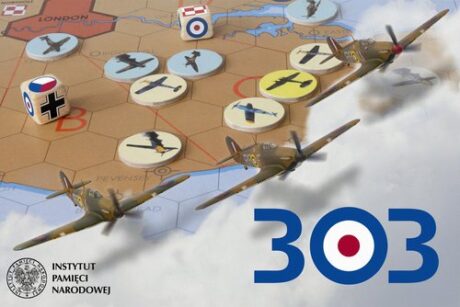
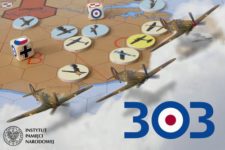
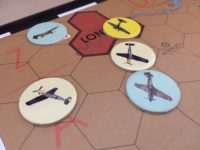

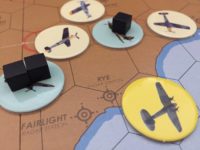
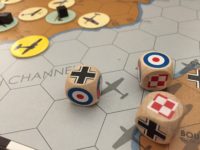



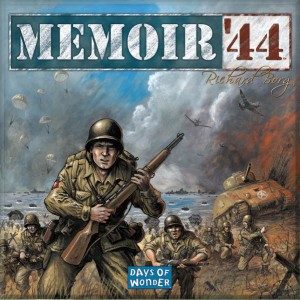
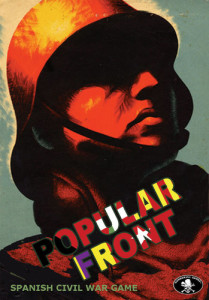
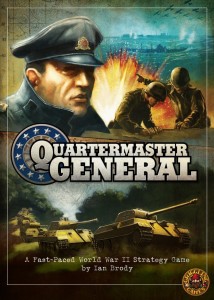
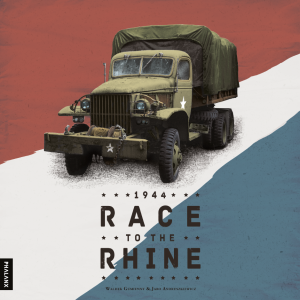
Sam says
Although neither Joe nor I really go in for war games in a big way, there's something appealing about 303, not least because it's in part a historical document: the rulebook gives a good deal of information about the background to the battle, and the pilots themselves. The Institute of National Remembrance in Poland came up with the game as an interactive way to engage new generations with what was a fight, ultimately, for a better world (you can also play it online here: click the target at the bottom for English language). If the history fascinates you you might want to gravitate to the WWII game of land battle: Memoir '44. If what appeals is the mid-air derring do and brinkmanship, then the Star Wars-themed X-Wing provides a similar experience - without the associated gravitas, but with more variation in play.